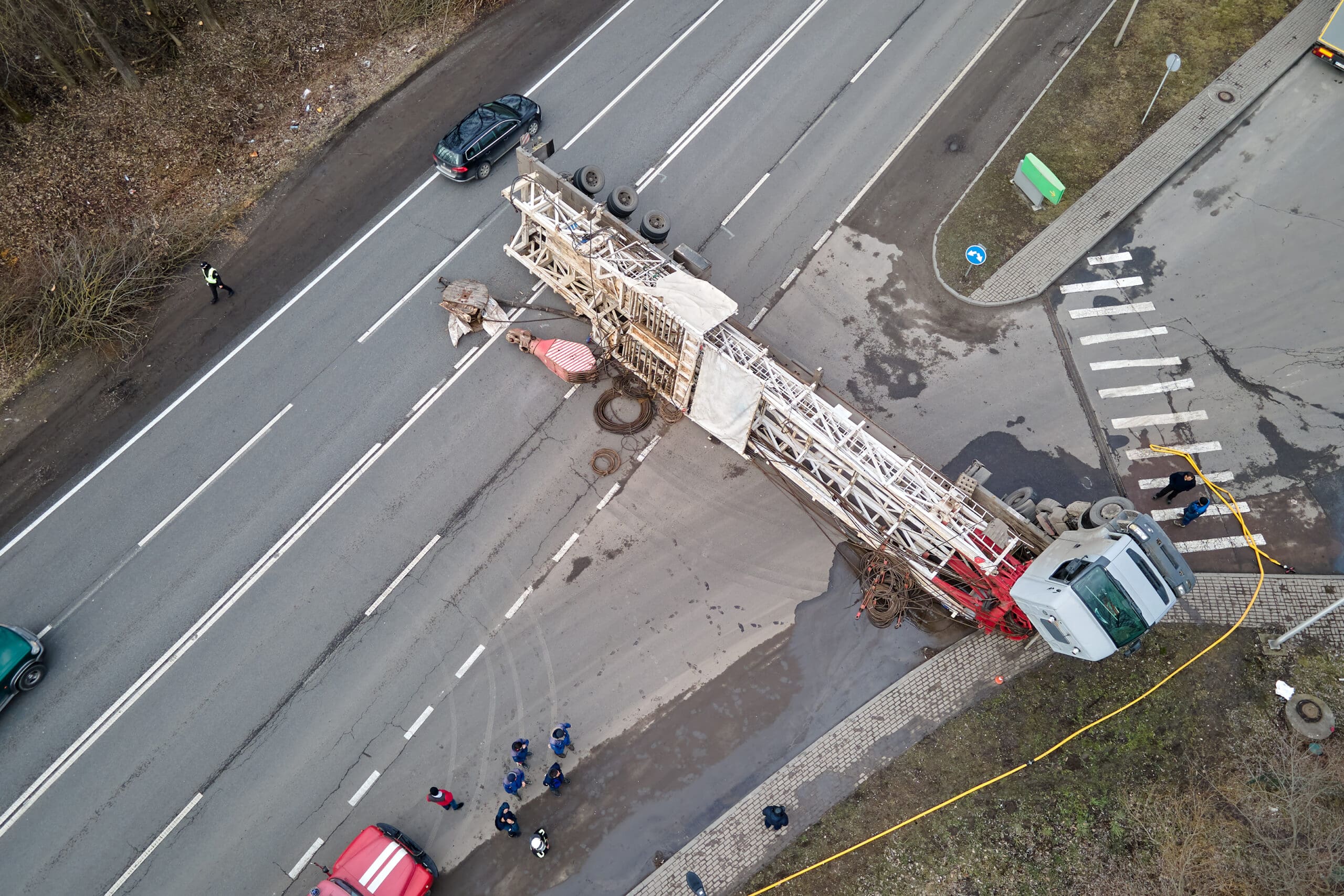How to File an Injury Lawsuit in New York
If you are seeking compensation for an injury triggered by negligence of a third party, you may bring a formal lawsuit.
Every personal injury case will be individual and therefore it is impossible for us to predict how long the case will take.
However there are a few common legal landmarks that you should be aware as the case progresses through the legal system.
The Complaint
A lawsuit begins with a legal document called the Complaint. It lists the legal claims you have, the damages you are seeking, as well as how the defendant(s) caused your injuries. It also includes the request to set the date of trial.
The complaint is filed in court and served on the defendant(s). They are given a time limit to make an answer or another response. This is the time to deny the allegations in the lawsuit and provide their defenses. At this point, your lawyer can also add a counterclaim as well as a third-party defendant.
Your attorney will back his arguments by citing existing law (including laws and decisions, as well as other cases from the courts in which your case is being handled in addition to cases from other jurisdictions). This assists the judge understand why they think that the defendant is liable for your injuries.
Then, we'll prepare the Bill of Particulars. This is a legal document that details your injuries, their total cost, including medical bills, lost wages as well as other damages. We'll also create a demand for relief that provides the compensation you are seeking. The demand is based on the medical treatment you received as well as any other evidence you gave to your lawyer. During the discovery stage which is the most of the time in litigation we will share information with the defendant using different legal tools, like requests to admit interrogatories, as well as requests for the production of documents. We may also ask for the deposition of doctors and experts.
The Claim Notice
New York law imposes special rules for cases against municipalities and other governmental entities. These requirements include strict deadlines for filing of a claim, as well as strict statutes of limitations within which a lawsuit can be filed. In these situations it is essential to consult a qualified injury lawyer.
The first step in making a claim against a municipality or government entity is to make a notice of Claim. This document must be submitted in written form and notarized. It identifies the individual who is submitting the claim. It also contains details about the accident or incident to let the city agency know who is responsible for the damage, injuries and losses. injury lawyer hartford identifies a specific amount to which the claim is filed.

The City will acknowledge receipt of the claim and assign the claim a number. A Comptroller's Office examiner will be assigned to investigate the claim. They might request additional information from you or from other sources. If you contact the city about your claim you will be asked to provide your claim number and the name of the investigator assigned to your case. The examiner will determine if the City is liable for your damages, and if so, what amount you are entitled to under the law. If you fail to reach an agreement with the city your case will be taken to trial.
The Discovery Phase
The Discovery Phase is an important element of any lawsuit because it lets you gather details and evidence about the other party. This can be done by a variety of methods by writing requests (called “discovery letters”) and subpoenas. This process of discovery can help you construct a strong case and make your case successful.
The first step in the discovery phase is to study the market. This is done by a group of experienced project managers who study the market and competitors to identify the most recent trends, the best possible solutions for your app, and how to implement them effectively.
This research also includes interviews with all stakeholders who can be a factor in the success of your project. This includes the owners of the product as well as administrators, end-users, and investors. The analysis of the information from these sources will help your team define the principal goals of the project and determine how to measure its success.
A well-planned discovery phase will save you time and money. It will cut down on the number of changes to the final product, remove misunderstandings and give you an official scope of work document that will help your software partner estimate the development process accurately. This will allow you to avoid the pitfalls associated with an undefined project budget or launch delays.
